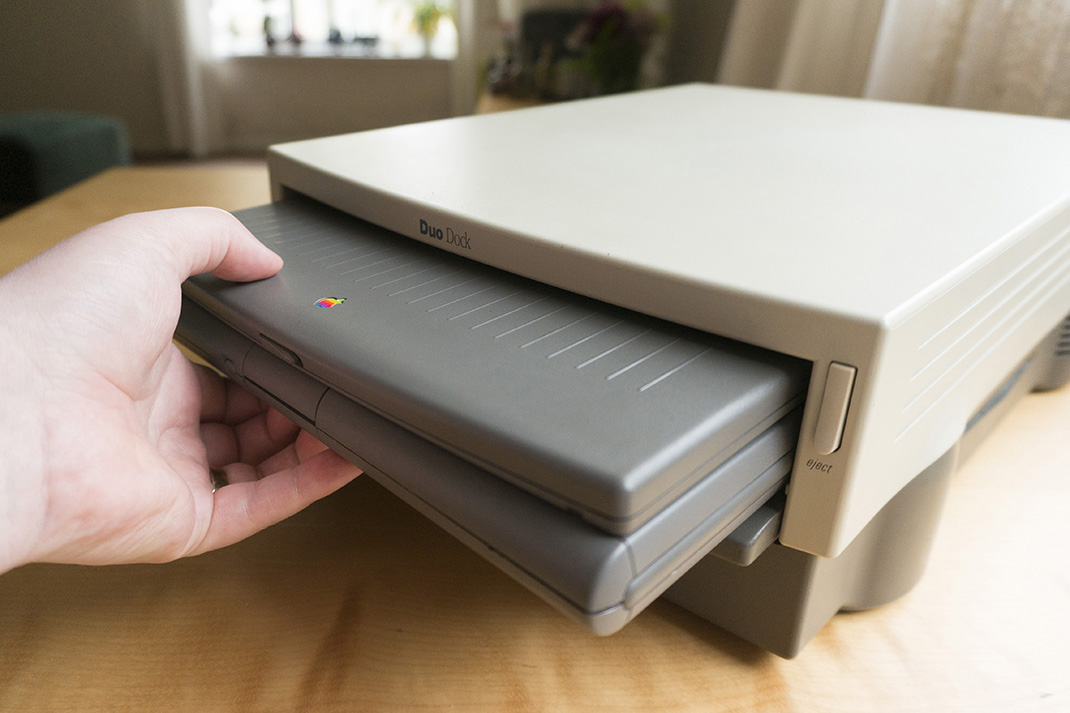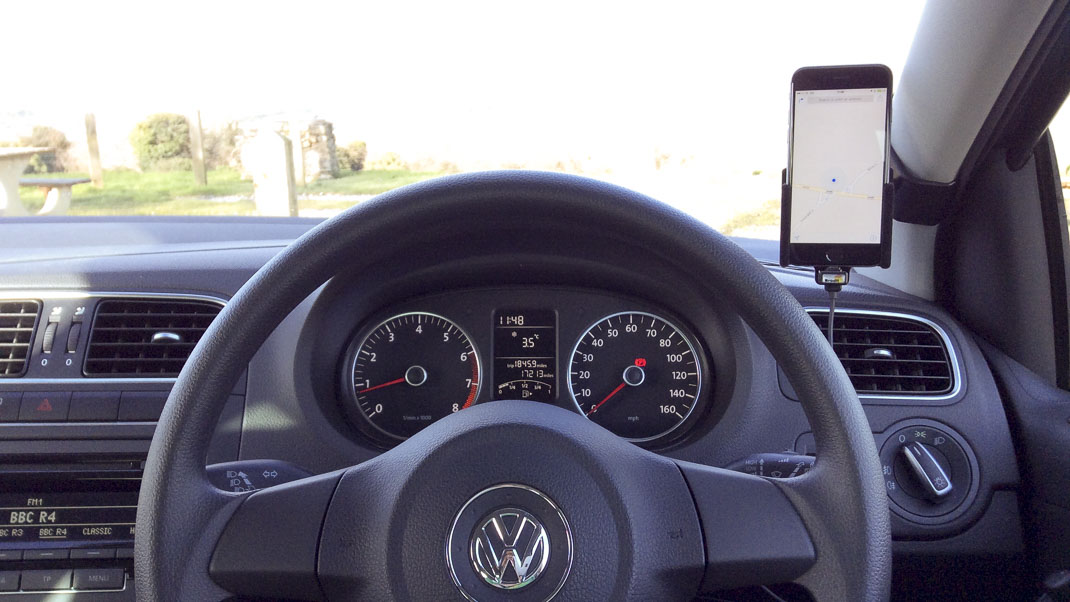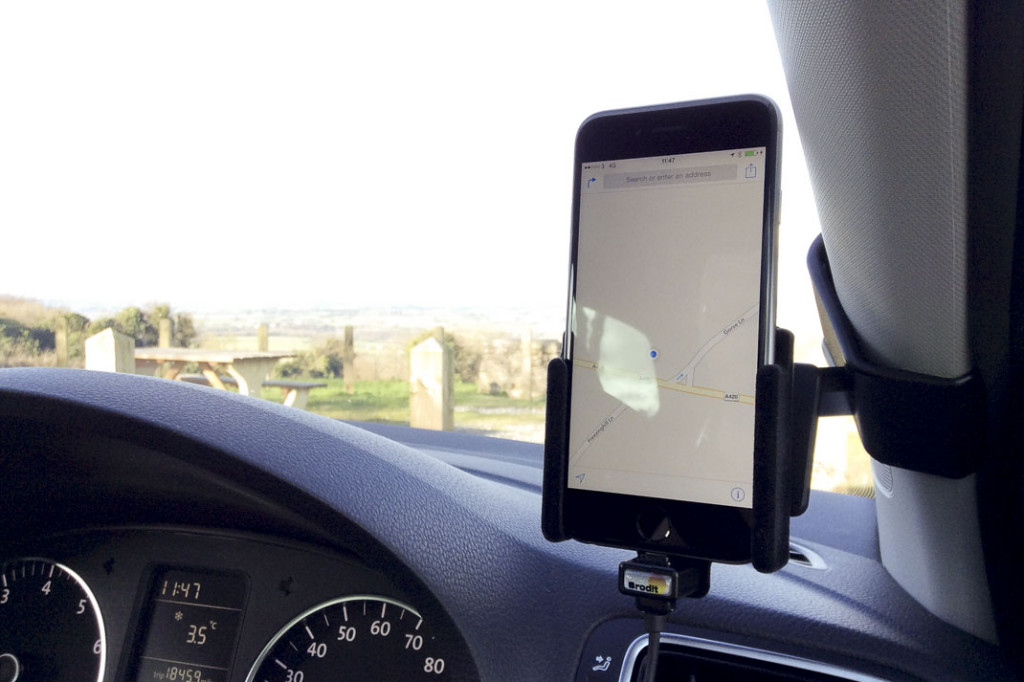I realised today that the dominance of the US media in tech – or, arguably, the fact that my circle of influence is likely skewed to the US – has a slight, unavoidable but definite effect on my purchasing decisions.
Fantastical 2 is out for the Mac today, and by all accounts it’s superb. I don’t doubt this; Fantastical in all its incarnations has always been meticulously put-together, and I bought it without hesitation on my iPhone. It’s so much better than the stock app it’s quite embarrassing.
Much as been said, unsurprisingly, about the price. This, though, isn’t a rehash of the well-worn arguments about sustainable software pricing. Instead, I noticed today that even I winced at the price – $50 – but that’s because I apparently just see the ‘50’ rather than the ‘$’.
Fifty quid is a lot of money. £33.56 (at current global exchange rates as I write this) less so. The actual price of the application on the App Store in the UK (with the launch discount of 20% applied), £29.99, is less so again.
And yet because the predominant price I see around the web is $50, there’s something that sticks about that figure. Fifty. Fifty things. Fifty currency units.
It’s not fifty pounds, but somehow I internalised it as such, and that dissuaded me from buying.
The dollar’s financial strength waxes and wanes, but it’s still a strong cultural force.
UPDATE I pinged this post to Fantastical’s creator, Michael Simmons, who read it as ‘Fantastical costs too much’ and as a result ‘I won’t buy it’. It upset me that I upset him! Neither take is true, so let me be completely clear: this is a post about the psychological effect that comes from the dominance of the dollar in tech reporting and how I realised that I (daftly!) apparently sometimes subconsciously just switch the $ for a £, subtly affecting my behaviour. It is, if you like, a post about how dumb I am.
It’s definitely not a post about Fantastical costing too much. Again, I’m going to assume that you know the arguments for sustainable app pricing and agree that pricing apps realistically is basically good for everyone. I don’t think $50 is ‘too much’ (I wonder what figure I would say is?), and I intend to buy the app shortly – at, remember, £29.99. (Rereading the post I wish I’d written ‘…and that didn’t incentivise me to launch the App Store to find out more and then buy, upon realising that we were talking thirty quid rather than fifty’ instead of ‘…and that dissuaded me from buying’; same basic meaning, but a more accurate if less pithy angle.)
I don’t blame Michael for taking the post in a way I hadn’t intended. For one thing, the point I was making was quite a subtle, thought-experimenty one, and for another since he will be getting hit with a lot of ‘this app is to expensive lol’ today, it’s understandable that he’d parse this as such; when all you have is a hammer, everything looks like a nail.


